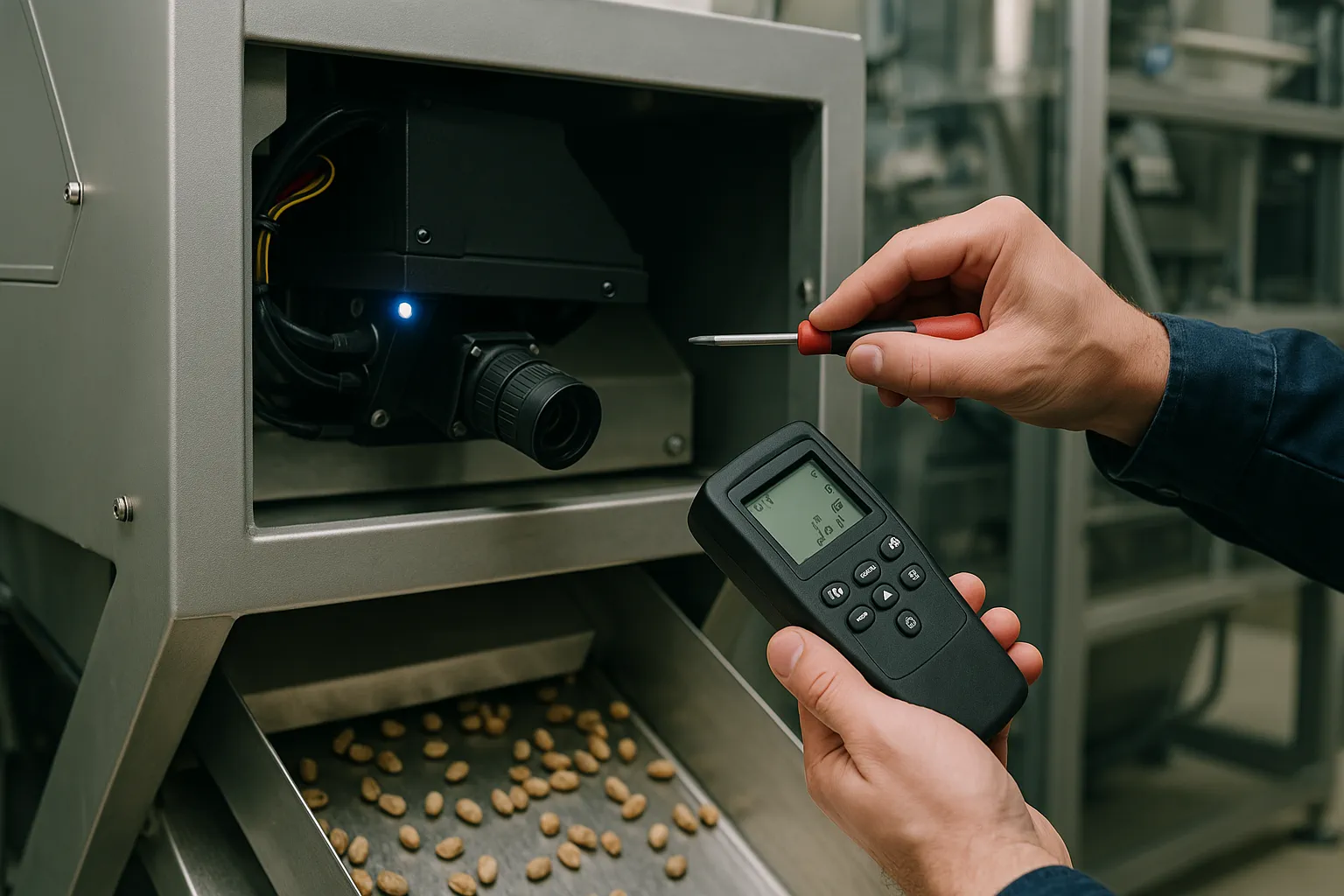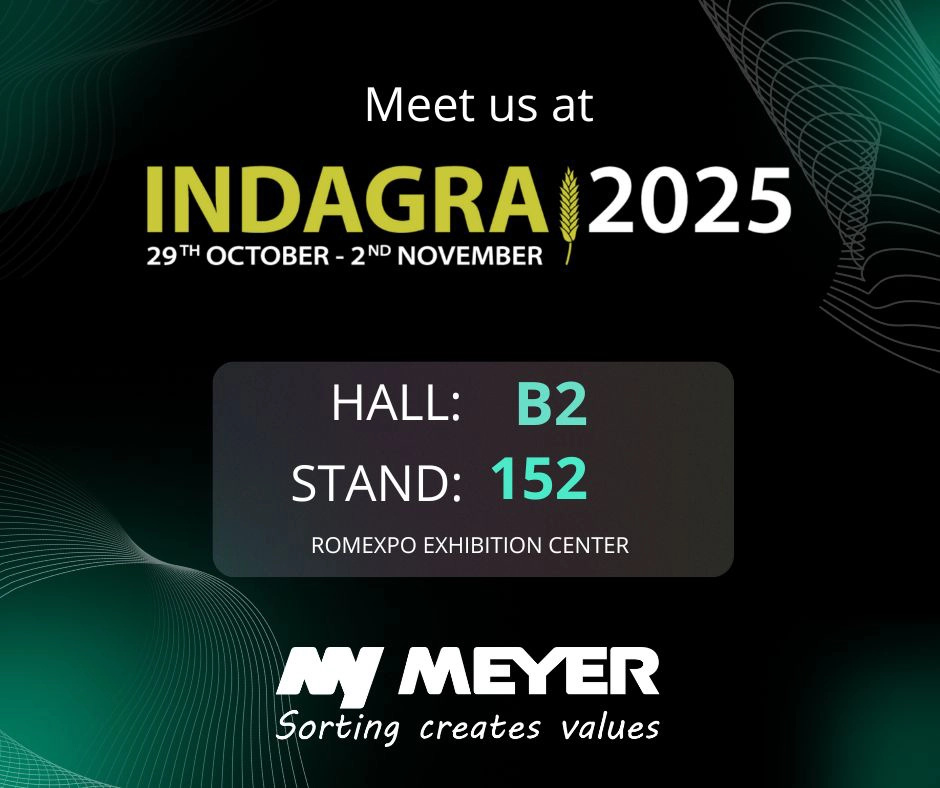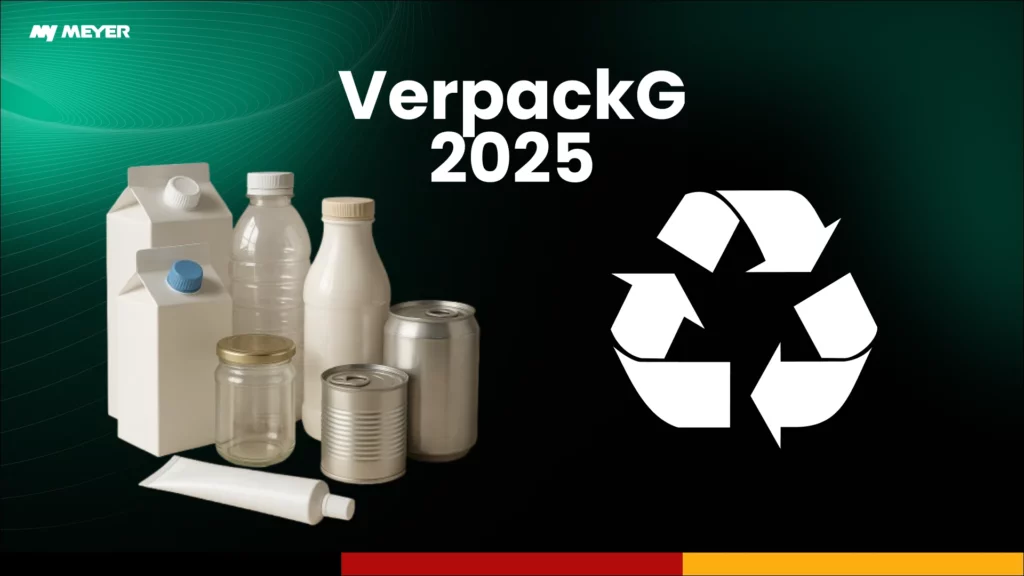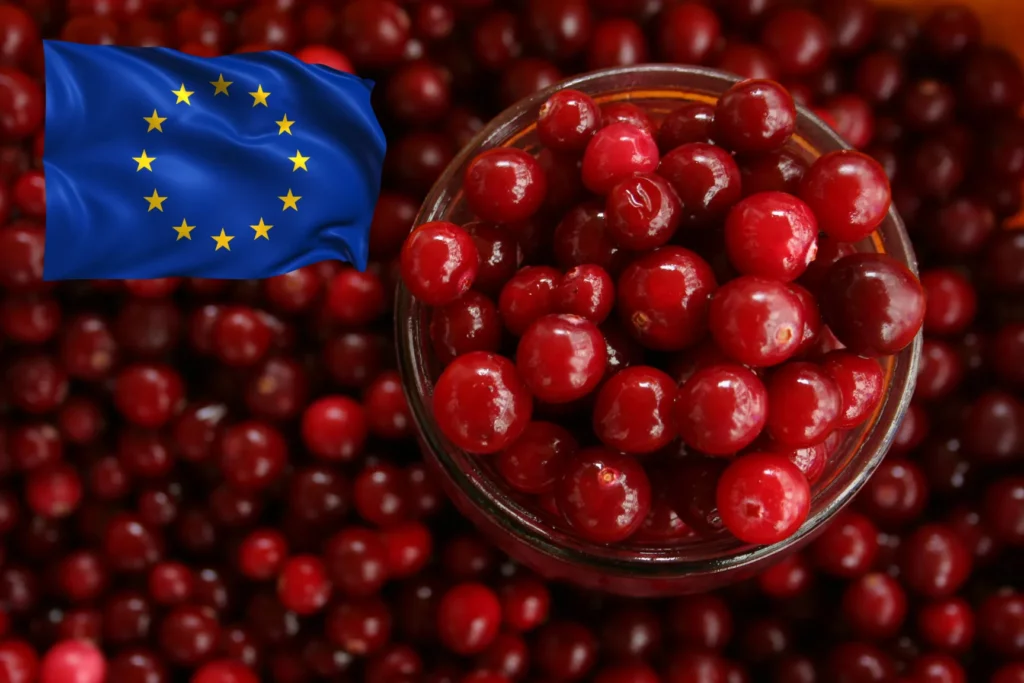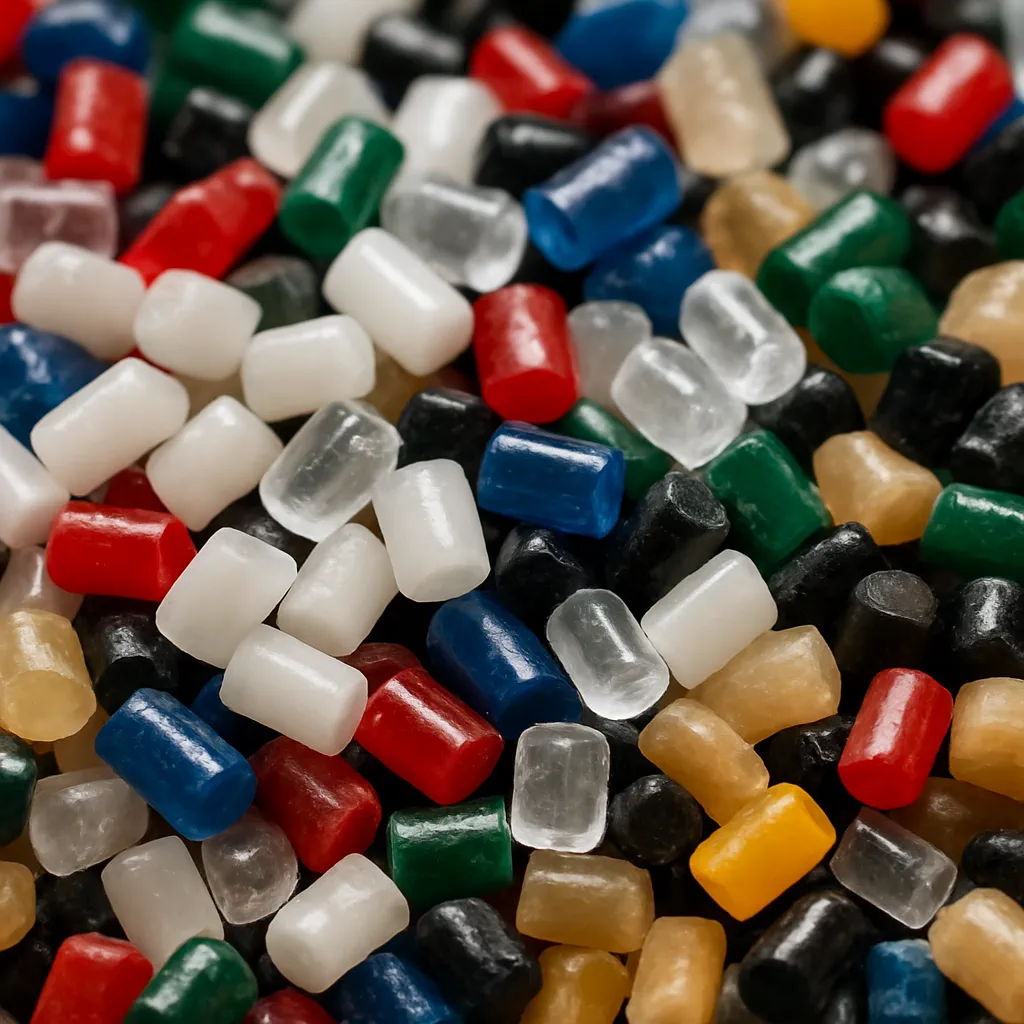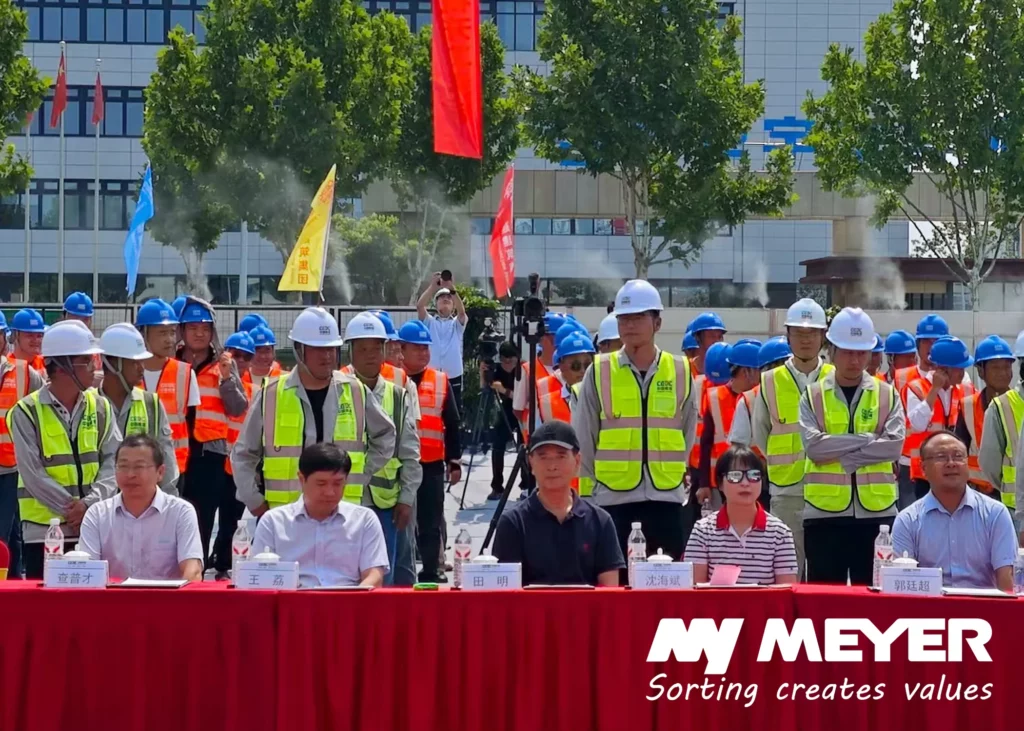1. Why Maintenance and Calibration Matter
- Enhanced Accuracy: Clean and calibrated sensors detect defects or foreign materials more accurately.
- Lower Downtime: Regular maintenance prevents unexpected breakdowns, saving time and repair costs.
- Extended Equipment Life: Well-maintained machines last longer, ensuring a better return on investment.
According to a study published by the Journal of Food Engineering, regular calibration directly impacts the precision of defect detection in food sorting applications.
2. Daily, Weekly, and Monthly Maintenance Checklist
Sticking to a structured maintenance schedule helps keep your optical sorter at peak efficiency. Below is a brief table outlining essential tasks and their recommended frequencies:
| Maintenance Task | Frequency | Action |
| Clean Optics and Sensors | Automatic | The machine has automatic cleaning systems that activate when camera shields get too dusty, adjusting to material dust levels. |
| Check for Loose Components | Once a year | Inspect sensor mounts, cables, and screws for tightness. |
| Inspect Reject Mechanism | Yearly | Look for signs of wear or misalignment and lubricate moving parts as needed. |
| Review Software and Firmware | Monthly | Update to the latest versions and back up system settings. |
| Verify Lighting System | Yearly | Ensure LED or lamp intensity is within manufacturer-recommended ranges. |
| Perform Sensor Alignment Check | Monthly | Check alignment calibration to maintain detection accuracy. |
2.1. Cleaning the Optical System
- Automatic cleaning system: The cameras are housed in an isolated environment, protecting them from dust and contamination. They do not require manual cleaning, as the glass in front of them is automatically wiped when needed. The cleaning frequency adjusts dynamically based on the dust levels in the processed material, ensuring optimal visibility and performance at all times.
- Follow Manufacturer Guidelines: Some systems may require specific cleaning solutions.
2.2. Inspecting the Mechanical Components
- Check Belts and Conveyors: Worn-out belts or improperly tensioned conveyors can cause misfeeds.
- Look for Vibrations: Unusual vibrations often indicate loose parts or misalignments.
3. Calibration Best Practices
Calibration ensures that your optical sorter’s sensors, cameras, and lighting systems function cohesively to accurately detect and remove defective items.
3.1. Reference Samples
- Create a Standard Set: Use known “good” and “bad” samples to benchmark sensor accuracy.
- Automate When Possible: Automated calibration routines built into the sorter’s control system can standardize results.
3.2. Environmental Controls
- Monitor Ambient Light: Extraneous light can trick optical sensors, so maintain stable lighting conditions.
- Manage Temperature and Humidity: Fluctuations can alter sensor readings and impact performance.
3.3. Software Calibration
- Regular Software Updates: Manufacturers frequently release patches that improve detection algorithms.
- Backup and Version Control: Always keep a backup of your current configuration before making adjustments or upgrades.
According to ISO 9001:2015 quality management guidelines, consistent calibration procedures significantly reduce error rates in automated inspection systems.
4. Performance Monitoring and Data Analysis
Collecting and analyzing performance data enables you to identify trends and potential issues before they become major problems.
- Real-Time Monitoring: Modern optical sorters offer dashboards displaying sorting efficiency, rejection rates, and error logs.
- Periodic Audits: Conduct audits every few weeks to compare output against quality benchmarks.
- Trend Analysis: Use collected data to detect gradual sensor drift, which is a sign that recalibration might be needed.
Pro Tip
Integrating your sorter with a data logging system (such as a Supervisory Control and Data Acquisition, or SCADA, tool) provides detailed insights into sorting trends and helps in predictive maintenance planning.
6. Frequently Asked Questions
Q: How often should I calibrate my optical sorter?
A: Most manufacturers recommend monthly checks, but the frequency can vary based on operating hours, product type, and environmental conditions.
Q: Is it necessary to replace sensors periodically?
A: Sensors often last several years, but if you notice recurring calibration issues or reduced accuracy, consult the manufacturer about potential replacement.
Q: Can I perform maintenance tasks without professional assistance?
A: Routine tasks like cleaning and basic inspections can be done in-house. However, more complex procedures—like advanced sensor calibration or mechanical overhauls—may require a qualified technician.
Conclusion
Regular maintenance and proper calibration are the cornerstones of optimal optical sorter performance. By following a strict maintenance schedule, controlling your environment, and staying updated with software and industry standards, you can significantly boost sorting accuracy and prolong the life of your equipment. Taking a proactive approach to care and calibration not only minimizes downtime but also ensures you consistently meet high-quality standards.
Disclaimer: Always refer to your optical sorter’s specific operating manual for detailed instructions and safety guidelines. For in-depth maintenance or critical calibration tasks, consult the manufacturer or a certified service technician.
Additional Resources and References
Below are a few resources for deeper insights:
- Books:
- Food Processing Technology: Principles and Practice (P. Fellows) – Offers a comprehensive look at food processing equipment.
- Sorting and Grading of Agricultural Materials (M. Kutz) – In-depth on equipment design and maintenance.
- Studies and Standards:
- International Journal of Advanced Manufacturing Technology – Features articles on manufacturing and sorting technologies.
- ISO 9001:2015 Guidelines – Discusses quality management systems, including calibration processes.
